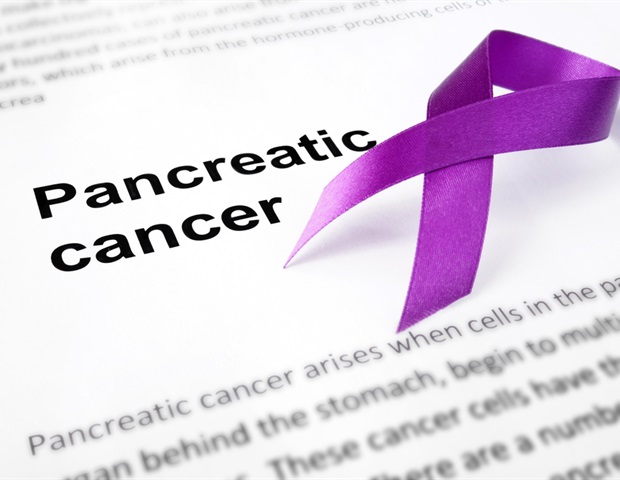Cancer Survival Rates Tied to Stage at Diagnosis, New Data Shows
A new annual report from the National Cancer Database (NCDB) reveals promising trends in cancer treatment while underscoring the critical role of early detection. The study, a collaborative effort led by the American College of Surgeons (ACS) Cancer Programs, analyzed data from hospitals participating in the NCDB, which captures information on approximately 74% of all cancer cases diagnosed in the United States.
Early Detection Remains Crucial
Consistent with previous research, the report found that the stage at which cancer is diagnosed significantly impacts a person’s chances of surviving the disease. Patients diagnosed with earlier-stage cancers consistently showed the best outcomes, highlighting the importance of screenings and early detection.
Across all cancer types analyzed, five-year survival rates were higher for those diagnosed at earlier stages (stages I and II). Importantly, the frequency of advanced-stage diagnoses has decreased for various cancers, including breast cancer, a positive trend indicating potential improvement in early detection.
More Knowledge, More Hope: New Treatment Trends Emerge
The report also revealed some compelling trends in cancer treatment, including an increased use of neoadjuvant systemic therapy before surgery. Neoadjument therapies encompass a wide range of treatments, including hormone therapy, immunotherapy, and chemotherapy.
While these therapies are not new, the report highlights their growing utilization, especially for cancers like breast, bladder, and pancreatic cancer. The goal of neoadjuvant therapy is to shrink the tumor before surgery. This approach can improve surgical outcomes by making invasive procedures less extensive.
While the use of neoadjuvant therapy decreased slightly in 2021 due to pandemic-related disruptions, researchers emphasize the sustained upward trend, indicating a growing understanding of its benefits. The use of these targeted treatments varies by cancer type.
For instance, the report showed significant increases in the use of neoadjuvant therapy for both pancreatic and bladder cancer, reflecting a more multifaceted approach to treatment, even for challenging cancers like pancreatic cancer.
Looking at Distinct Cancer Types: Three Cases in Focus
The 2023 NCDB report featured detailed analysis of specific cancers, offering a profound look at breast, colorectal, and pancreatic cancer.
Breast Cancer: A Story of Progress:**
The report shows a positive trend in breast cancer diagnoses. Early-stage (stage I) diagnoses are on the rise, while advanced-stage diagnoses (stage IV) are declining.
This shift reveals the impact of ongoing efforts to promote breast cancer awareness and Sis fantastic news, indicating a potential turning point in breast cancer.
Most breast cancer surgery corresponds to lumpectomy (the removal of the tumor and surrounding tissue), for most of the patients because the diagnoses were at an early stage. In these procedures, most women also received radiation therapy, further contributing to positive outcomes.
The report also noted an increase in the use of hormone therapy, a vital part of breast cancer treatment for many patients. October 2021 data showed that hormone:
therapy use more than doubled (from 3.3% in 2018 to 7.7% in 2020.
The diagnosis and treatment of breast cancer often succeeds
Which specific cancers are showing promise in terms of early detection, according to the report?
## Interview: Progress in Cancer Treatment Highlights Importance of Early Detection
**Host:** Welcome back to the show. Joining us today is Dr. [Guest Name], a leading oncologist, to discuss a new report from the National Cancer Database that sheds light on promising trends in cancer treatment and the vital role of early detection. Dr. [Guest Name], thank you for being here.
**Dr. [Guest Name]:** Thanks for having me.
**Host:** This report from the NCDB shows encouraging news, particularly regarding survival rates. Can you tell us more about the key findings?
**Dr. [Guest Name]:** Absolutely. The report highlights the consistent link between the stage at diagnosis and survival rates. As [[1](https://sciencebasedmedicine.org/the-early-detection-of-cancer-and-improved-survival-more-complicated-than-most-people-think/)]emphasizes, detecting cancer early is paramount. We see significantly higher five-year survival rates for patients diagnosed at earlier stages (stages I and II) across various cancer types.
**Host:** This is encouraging news! Are there any specific cancers where we’re seeing progress in early detection?
**Dr. [Guest Name]:** Yes, the report indicates a decrease in the number of late-stage diagnoses for cancers like breast cancer, suggesting that early detection efforts are making a positive impact.
**Host:** That’s fantastic. The report also mentions an increase in the use of neoadjuvant therapy before surgery. Can you explain what that is and why it’s gaining traction?
**Dr. [Guest Name]:** Neoadjuvant therapy involves administering treatments like hormone therapy, immunotherapy, or chemotherapy before surgery. The aim is to shrink the tumor size, making surgery more effective and potentially less invasive. This approach appears to be particularly beneficial for cancers like breast, bladder, and pancreatic cancer.
**Host:** This sounds like a promising development in cancer treatment. What message do you hope the public takes away from this report?
**Dr. [Guest Name]:** Early detection truly saves lives. We encourage everyone to follow recommended cancer screenings and stay informed about any risk factors they may have.
**Host:** Dr. [Guest Name], thank you so much for sharing your expertise with us today.



